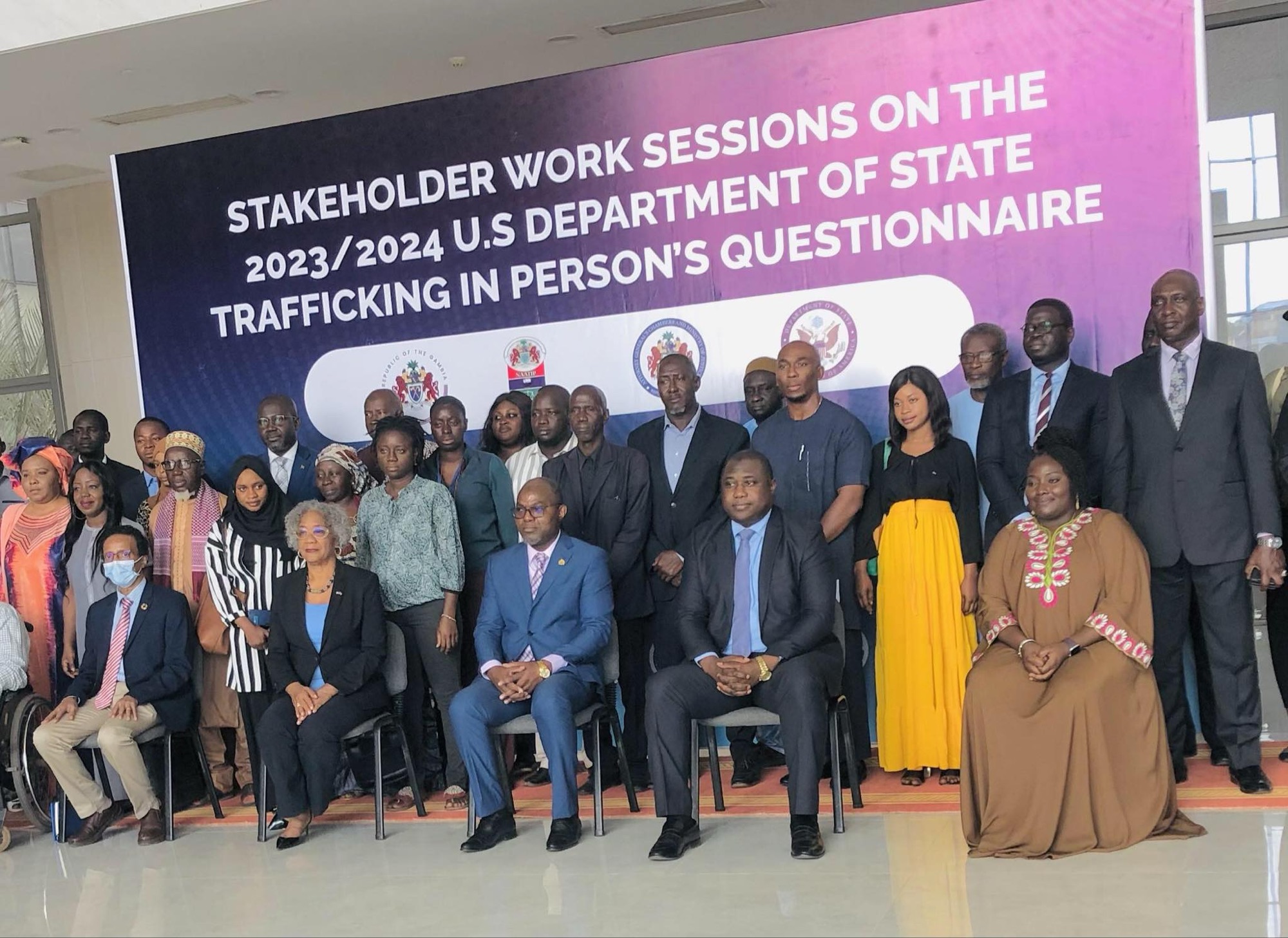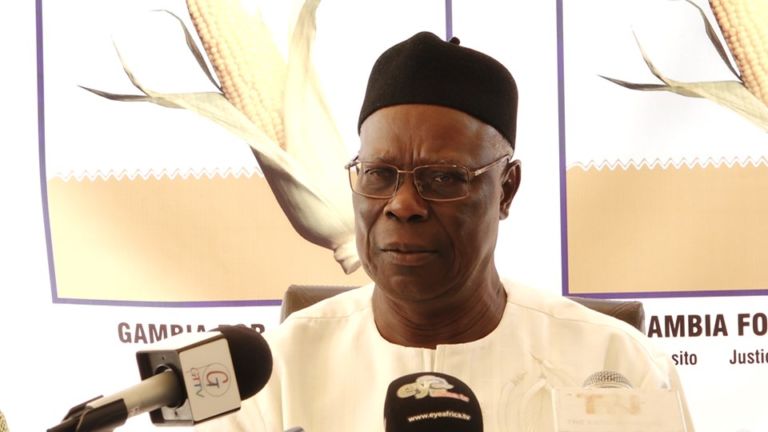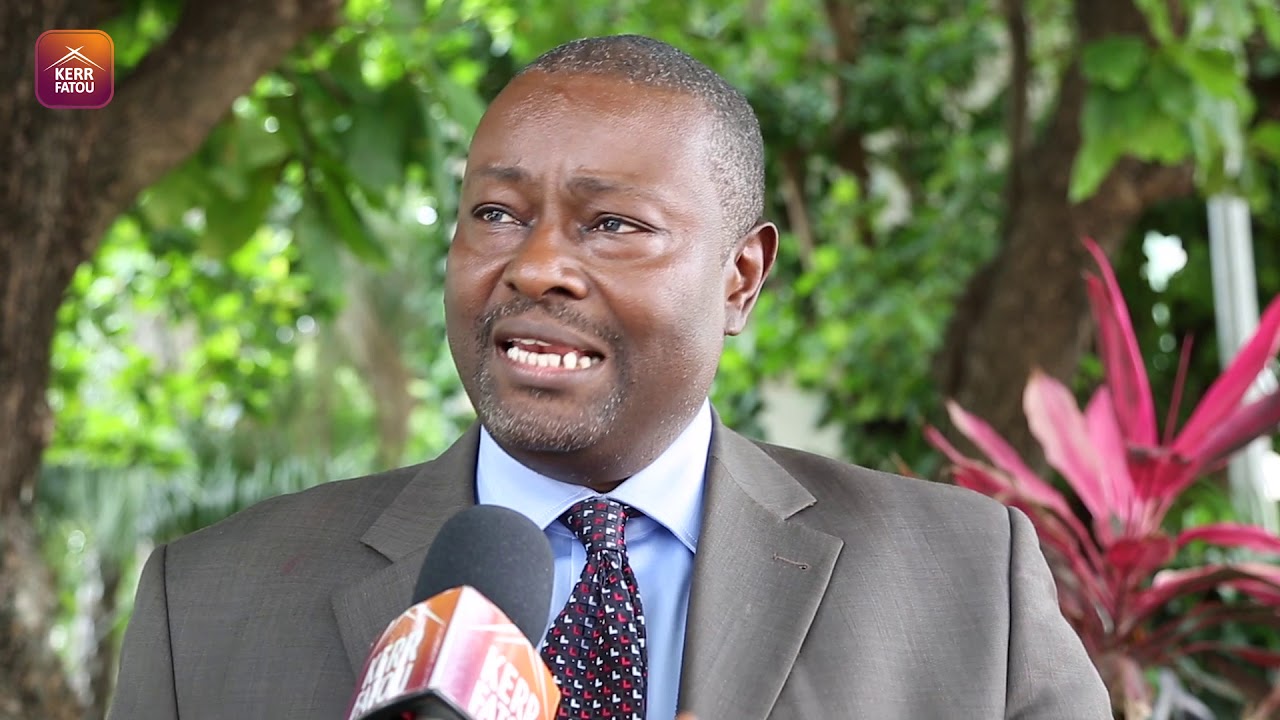Officially recorded remittance flows to low- and middle-income countries (LMICs) are estimated to grow by 1.4% to $656 billion in 2023 as economic activity in remittance source countries is set to soften, limiting employment and wage gains for migrants, according to the World Bank’s latest Migration and Development Brief released on Tuesday.
This edition of the brief also revises upwards 2022’s growth in remittance flows to 8%, reaching $647 billion.
In the post-COVID period of slower economic growth and falling foreign direct investments, remittance inflows have become more important to countries and households, given their resilience as a source of external financing, particularly for LMICs with high external debt.
“Remittances are highly complementary to government cash transfers and essential to households during times of need,” said Michal Rutkowski, Global Director of the Social Protection and Jobs Global Practice at the World Bank. “The World Bank is leading analytical and operational work on global migration to facilitate remittance flows and reduce costs.”
During 2022, remittances were supported by strong oil prices in the Gulf Cooperation Council (GCC) countries, which increased migrants’ incomes; large money transfers from the Russian Federation to countries in Central Asia; and the strong labour market in the United States and advanced migrant destination economies.
By region, the report indicated that remittance inflows grew by 0.7% in East Asia and the Pacific, 19% in Europe and Central Asia, 11.3% in Latin America and the Caribbean, 12.2% in South Asia, and 6.1% in Sub-Saharan Africa.
Remittance inflows declined by 3.8% for the Middle East and North Africa region.
“Remittances have become a financial lifeline in many economies through the pandemic and will become even more so in the foreseeable future,” said Dilip Ratha, lead author of the report on migration and remittances and head of KNOMAD.
“We have stepped up collaborations with source and recipient countries to improve data and leverage remittances to mobilize private sector capital through diaspora bonds and improved sovereign ratings.”
Globally, the average cost of sending $200 was 6.2% in the fourth quarter of 2022, up slightly from 6% a year ago, and more than twice the Sustainable Development Goal target of 3%, according to the Bank’s Remittances Prices Worldwide Database.
Banks are the costliest channel for sending remittances, with an average cost of 11.8%, followed by post offices (6.3%), money transfer operators (5.4%), and mobile operators (4.5%).
While mobile operations are the cheapest, they account for less than 1% of total transaction volume.
On regional remittance trends, the report said that growth in remittances to the Middle East and North Africa fell by 3.8% to $64 billion in 2022 after posting strong growth of 12.2% in 2021.
Economies in the region that saw slight gains in remittance flows included several Maghreb countries.
In 2023, remittance inflows are projected to grow by 1.7% with the outlook differentiated across regional subgroups depending on dominant host countries and the degree of exposure to higher inflation and financial volatility.
Sending $200 to the region cost on average 6.2% in the fourth quarter of 2022, down from 6.4% a year ago.
Remittance flows to Sub-Saharan Africa grew by 6.1% in 2022 to $53 billion. The trend was largely driven by strong remittance growth in Ghana (12%), Kenya (8.5%), Tanzania (25%), Rwanda (21%), and Uganda (17%). Remittances to Nigeria, accounting for around 38% of total remittance inflows to the region, increased by 3.3% to $20.1 billion.
Remittance inflows supported the current accounts of several African countries dealing with food insecurity, supply chain disruptions, severe drought (Horn of Africa), floods (Nigeria, Chad, Niger, Burkina Faso, Mali, and Cameroon), and the spread of debt-servicing difficulties.
In 2023, growth in remittances is expected to ease to 1.3%. Sending $200 to the region cost on average 8% in the fourth quarter of 2022, up from 7.8% a year ago





